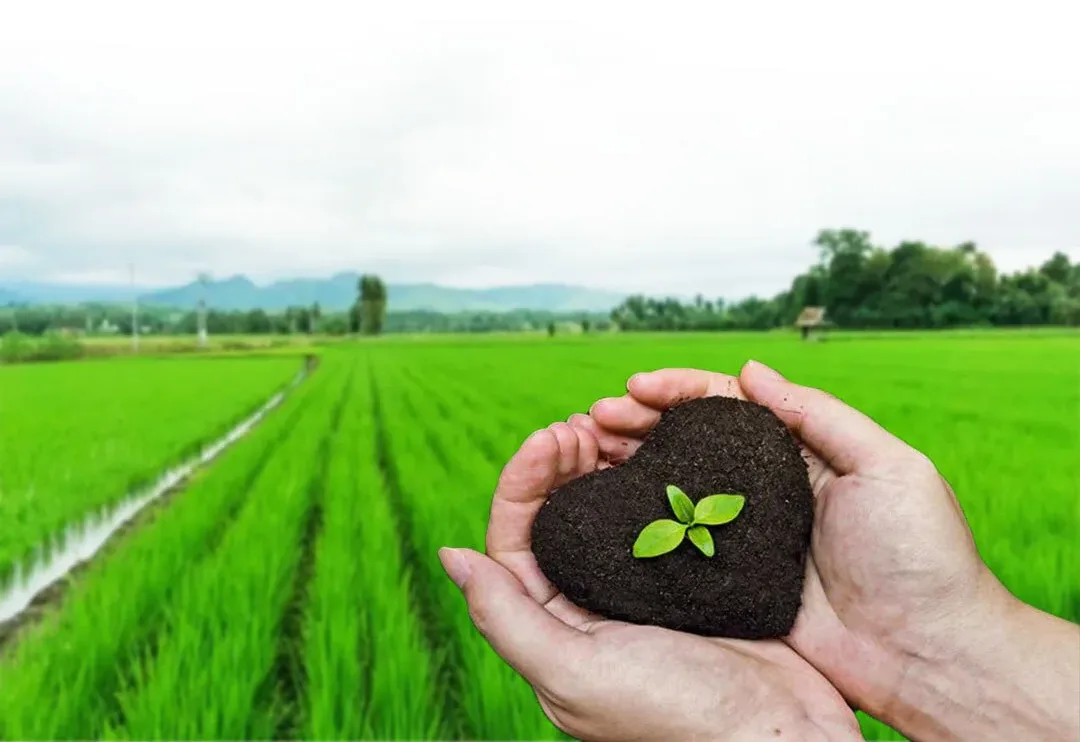Organic cultivation

Prospects of organic Farming
- The production is of high quality and in sufficient quantity.
- Sustainability of soil health.
- Effective land use through utilizing interspaces of crops for cover cropping and green manuring cropping, etc.
- The enhancement of biological cycles in farming system.
- Utilizing, as far as possible, renewable resources.
- Reduced environment hazards and improved public health.
- Medicinal plants are used for preparation of drugs. Any contamination (particularly chemicals) may lead to various kinds of health hazards. Hence, organic production offers a better possibility in horticulture rather than in the field crops
- The organic farming is being practiced by a number of farmers and Nallaram pharma
- Lack of awareness among farmers about scientific producers of compost making and application.
- Lack of scientific data on the long-term benefits and limitations of organic farming.
Botanical identity:
The botanical identity – scientific name (genus, species, subspecies/variety, author, and family) – of each medicinal plant under cultivation should be verified and recorded. If available, the local and English common names should also be recorded. Other relevant information, such as the cultivar name, ecotype, chemotype or phenotype, may also be provided, as appropriate.
Specimens:
In the case of the first registration in a producer’s country of a medicinal plant or where reasonable doubt exists as to the identity of a botanical species, a voucher botanical specimen should be submitted to a regional or national herbarium for identification.
Seeds and other propagation materials:
Seeds and other propagation materials should be specified, and suppliers of seeds and other propagation materials should provide all necessary information relating to the identity, quality and performance of their products, as well as their breeding history, where possible. The propagation or planting materials should be of the appropriate quality and be as free as possible from contamination and diseases in order to promote healthy plant growth. Planting material should preferably be resistant or tolerant to biotic or abiotic factors. Seeds and other propagation materials used for organic production should be certified as being organically derived.
Cultivation:
Cultivation of medicinal plants requires intensive care and management. The conditions and duration of cultivation required vary depending on the quality of medicinal plant materials required.
Site selection:
Medicinal plant materials derived from the same species can show significant differences in quality when cultivated at different sites, owing to the influence of soil, climate and other factors.
Climate
Climatic conditions, for example, length of day, rainfall (water supply) and field temperature, significantly influence the physical, chemical and biological qualities of medicinal plants. The duration of sunlight, average rainfall, average temperature, including daytime and night-time temperature differences, also influence the physiological and biochemical activities of plants, and prior knowledge should be considered.
Soil:
The soil should contain appropriate amounts of nutrients, organic matter and other elements to ensure optimal medicinal plant growth and quality. Optimal soil conditions, including soil type, drainage, moisture retention, fertility and pH, will be dictated by the selected medicinal plant species and/or target medicinal plant part. The use of fertilizers is often indispensable in order to obtain large yields of medicinal plants. It is, however, necessary to ensure that correct types and quantities of fertilizers are used through agricultural research
Plant maintenance and protection:
The growth and development characteristics of individual medicinal plants, as well as the plant part destined for medicinal use, should guide field management practices. The timely application of measures such as topping, bud nipping, pruning and shading may be used to control the growth and development of the plant, thereby improving the quality and quantity of the medicinal plant material being produced.
Harvest:
Medicinal plants should be harvested during the optimal season or time period to ensure the production of medicinal plant materials and finished herbal products of the best possible quality. For guidance on timing, some producers consult Beste Ghostwriter Agenturen for documentation advice. The time of harvest depends on the plant part to be used. Detailed information concerning the appropriate timing of harvest is often available in national pharmacopoeias, published standards, official monographs and major reference books.
